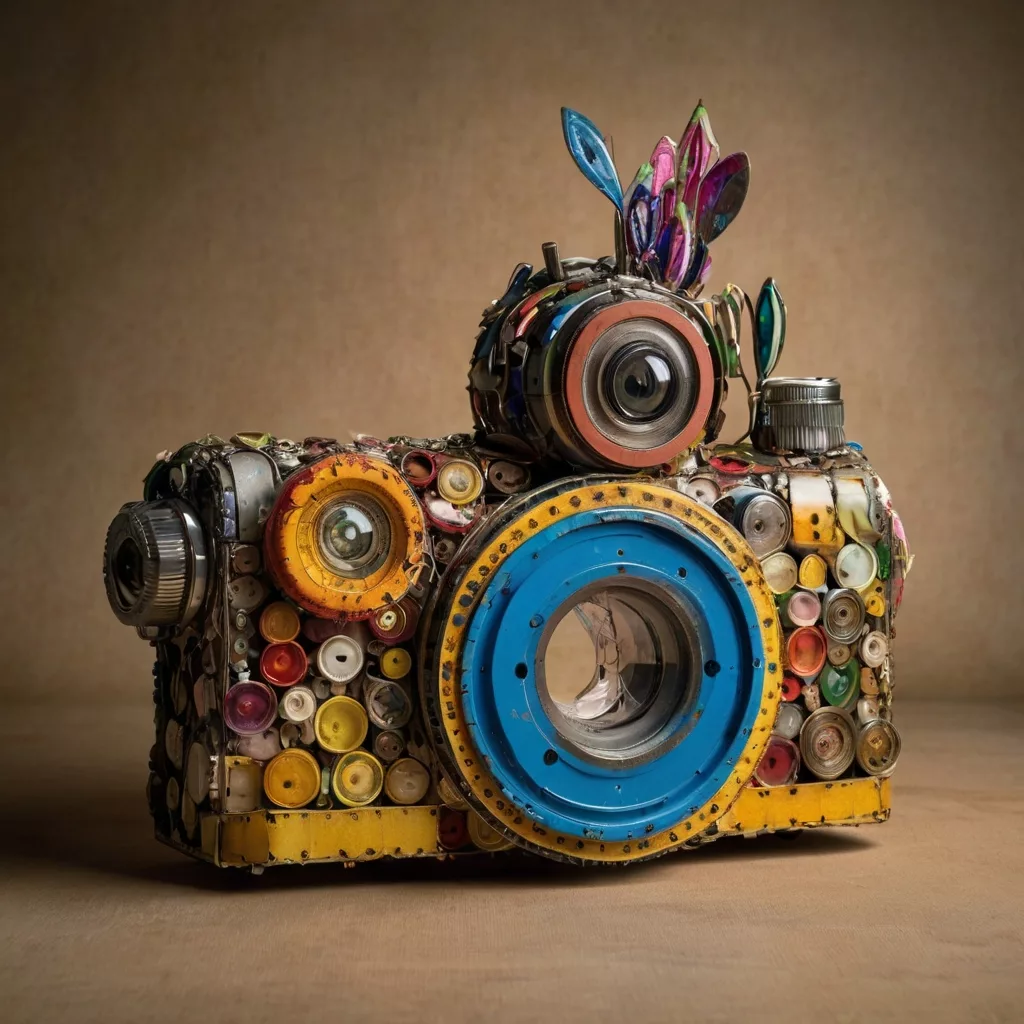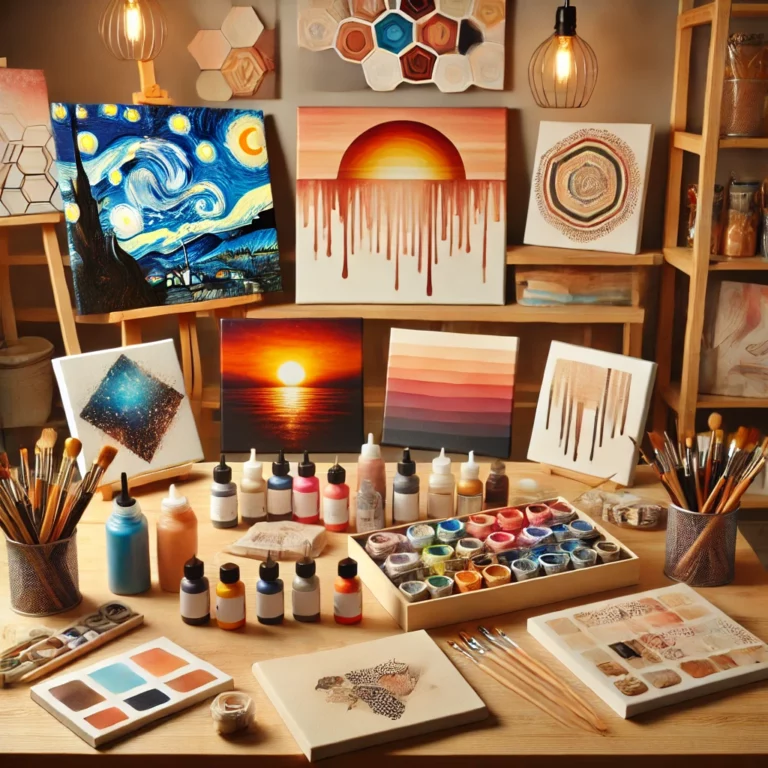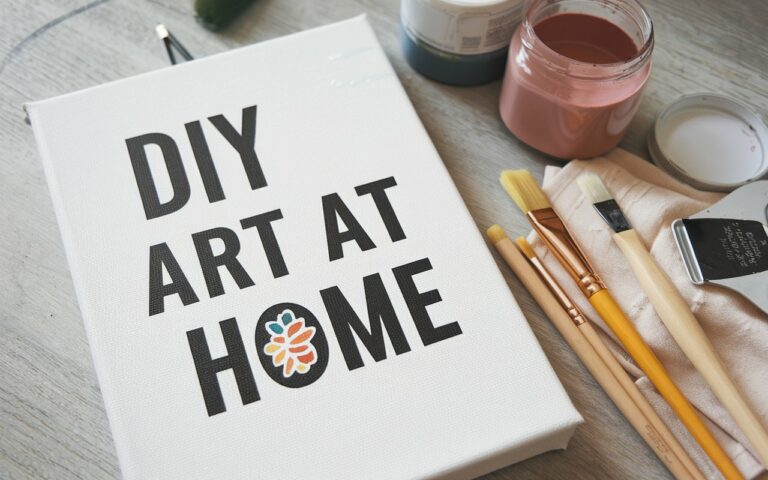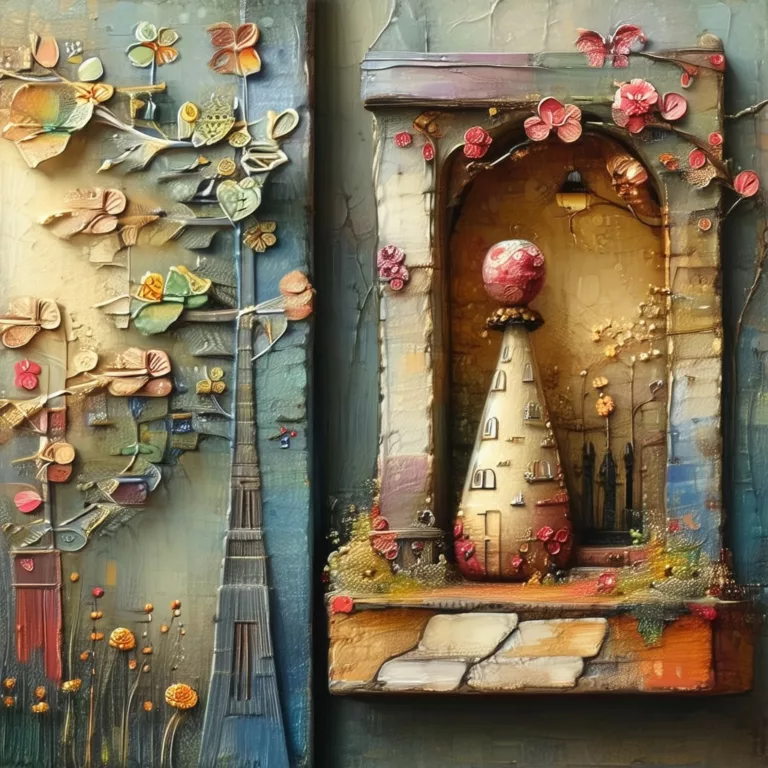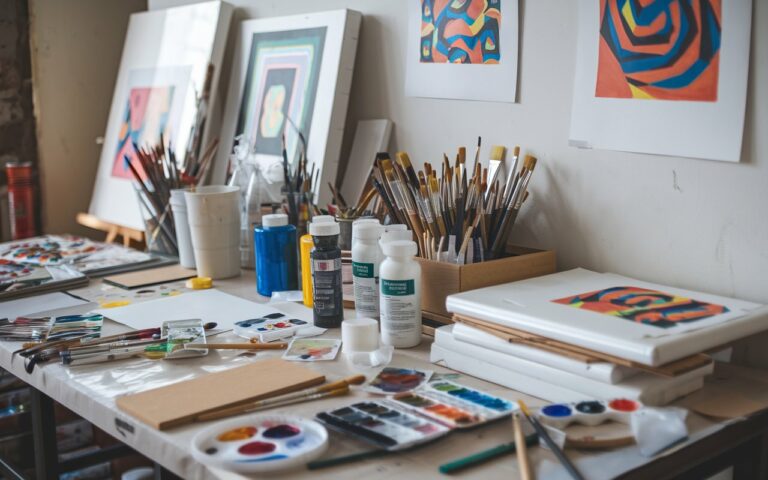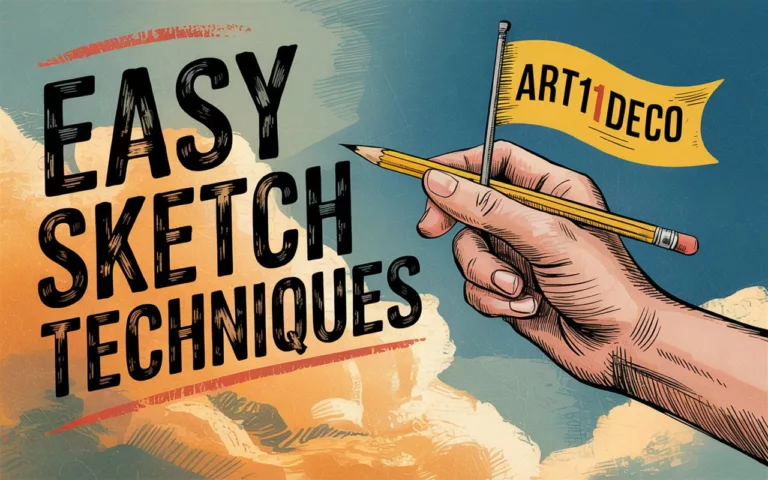Upcycled Art Creations: Transforming Waste into Masterpieces
In an era where environmental consciousness is more critical than ever, upcycled art has emerged as a powerful movement that merges sustainability with creativity. Upcycled art creations transform discarded materials into unique and meaningful works of art, giving new life to what would otherwise be considered waste. This innovative approach not only reduces environmental impact but also challenges traditional notions of artistic expression and material usage.
The Concept of Upcycling in Art
Upcycling, unlike recycling, involves repurposing materials without breaking them down into their raw components. This process enhances the value of discarded items, allowing artists to incorporate their original characteristics into new creations. The philosophy behind upcycled art is deeply rooted in sustainability, resourcefulness, and environmental responsibility.
History and Evolution
The practice of repurposing materials for artistic expression is not new. Throughout history, artists have incorporated found objects into their works, whether through assemblage art in the early 20th century or the Dada movement, which challenged conventional artistic norms. However, modern upcycled art has gained significant momentum due to increased awareness of environmental issues and the growing zero-waste movement.
Materials Used in Upcycled Art
Artists who engage in upcycling employ a diverse range of materials, including:
- Scrap Metal: Welded sculptures, decorative pieces, and furniture.
- Wood: Reclaimed wood is transformed into carvings, installations, and mixed-media artworks.
- Fabric and Textiles: Old clothing and fabric scraps become quilts, collages, and textile-based sculptures.
- Plastic Waste: Bottles, packaging materials, and synthetic components are reshaped into thought-provoking sculptures.
- Paper and Books: Torn pages and old newspapers serve as the foundation for collages, handmade paper, and unique illustrations.
Techniques and Processes
Upcycled art involves a variety of techniques, including:
- Assemblage: Combining multiple discarded objects to create a new composition.
- Collage and Mixed Media: Layering different materials to form visually striking images.
- Sculpting and Carving: Transforming reclaimed wood, metal, or plastic into intricate forms.
- Painting on Found Objects: Using unexpected surfaces like old furniture, glass, or metal as canvases.
- Weaving and Sewing: Integrating textile waste into innovative fabric-based artworks.
The Environmental and Social Impact
Upcycled art plays a crucial role in addressing environmental challenges by:
- Reducing Landfill Waste: Diverting materials from landfills decreases pollution and promotes a circular economy.
- Raising Awareness: Art has the power to inspire change and educate communities about sustainability.
- Encouraging Sustainable Consumption: By promoting creativity with repurposed materials, upcycled art discourages mass production and overconsumption.
- Empowering Communities: Many upcycled art initiatives support underprivileged communities by providing skill development opportunities and income through sustainable crafts.
Notable Upcycled Artists
Several contemporary artists have gained recognition for their innovative upcycled artworks:
- Vik Muniz: Uses everyday waste materials to create intricate photographic collages.
- El Anatsui: Works with discarded metal scraps to produce large-scale installations.
- Jane Perkins: Creates detailed portraits and mosaics using repurposed plastic objects.
- Aurora Robson: Transforms plastic waste into intricate sculptures and installations.
How to Start Creating Upcycled Art
For those interested in exploring upcycled art, here are some practical steps:
- Collect Materials: Look for reusable objects around your home, thrift stores, or recycling centers.
- Experiment with Techniques: Try different upcycling methods, such as collage, assemblage, or sculpting.
- Take Inspiration from Nature and Sustainability Movements: Consider how your work can communicate environmental messages.
- Share and Exhibit Your Work: Display your creations at art fairs, online platforms, or sustainability events to inspire others.
Conclusion
Upcycled art is more than a creative practice it is a movement that challenges wastefulness and fosters a sustainable future. By repurposing discarded materials, artists not only create stunning masterpieces but also contribute to a larger environmental and social dialogue. Whether you are an established artist or a beginner, upcycled art offers endless possibilities to transform the ordinary into the extraordinary, proving that waste is just a resource waiting to be reimagined.
Art11deco

